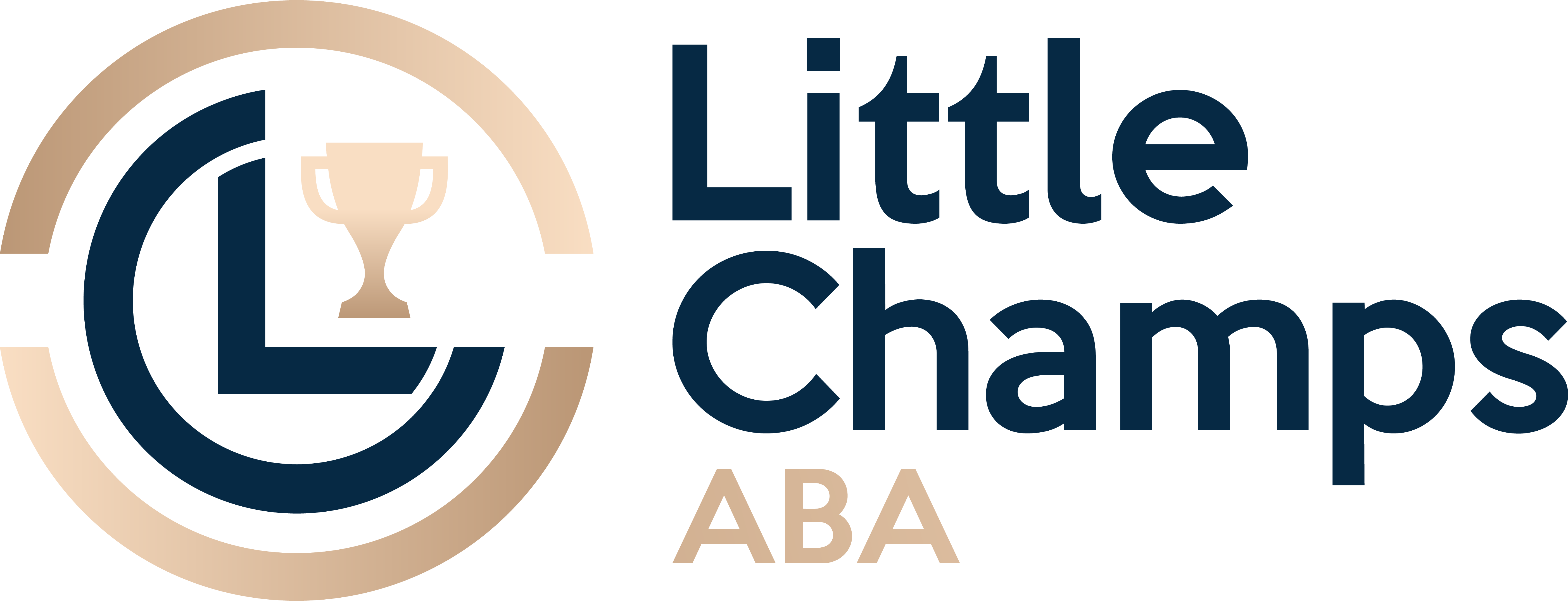
Many candidates wonder what the BCBA exam passing score is and how it is established. Recent data show that roughly 60–70 percent of first-time test takers clear the exam on their first attempt. This guide demystifies the BCBA exam format, scoring methodology, scaled score interpretation, pass rate statistics, key performance factors, and proven study strategies to help candidates meet the required threshold.
By the end of this guide, readers will understand how the exam is constructed, what minimum scaled score is needed to pass, which content areas pose the biggest challenges, and which study approaches boost success.
BCBA Exam Format
A clear grasp of exam structure lays the foundation for effective preparation. The BCBA exam tests knowledge across multiple domains of Applied Behavior Analysis (ABA).
Question Types and Count
The examination consists of 150 multiple-choice questions. Among these, 10 are unscored pilot items used for future exam forms. Candidates encounter 140 scored items that determine their pass/fail outcome.
Ungraded Pilot Questions
Pilot questions appear without any designation. They help the Behavior Analyst Certification Board maintain a large pool of high-quality items. Performance on these questions does not affect the final result.
Exam Topics and Domains
Test items cover domains outlined in the BACB Task List, including:
- Behavioral assessment
- Experimental design
- Measurement and data analysis
- Intervention procedures
- Ethical and professional conduct
Understanding the weight of each domain guides study prioritization.
Scoring Methodology Overview
The BCBA exam uses a criterion-referenced scoring system that compares candidate performance to an established minimum standard.
Criterion Reference Approach
Rather than grading on a curve, each exam form has a predetermined passing score. This method ensures fairness regardless of how other candidates perform.
Modified Angoff Procedure
A panel of BACB-certified subject matter experts reviews each item and estimates the probability that a minimally qualified candidate would answer it correctly. These estimates set the cut score for each base form.
Score Equating Process
When multiple exam forms of varying difficulty are used, statistical equating adjusts raw scores so that passing standards remain consistent across forms. This psychometric process preserves fairness over time.
Scaled Score Interpretation
Scaled scores translate raw question counts into a uniform metric, facilitating comparison across different exam versions.
Scale Score Definition
Raw scores (number of correct scored items) convert to a scale ranging from 200 to 500 points. The scaling accounts for slight differences in form difficulty.
Conversion to Raw Scores
A scaled score of 400 corresponds approximately to 76 percent correct on scored items. Candidates who achieve a scale score of 400 or higher pass the exam. The conversion varies slightly by form but does not change the pass/fail decision.
Passing Score Requirements
Knowing the exact threshold and approval process clarifies what candidates need to aim for on test day.
Minimum Score Threshold
Candidates must earn a scaled score of at least 400 out of 500 to pass. This requirement translates to correctly answering roughly 106 of the 140 scored questions.
BACB Board Approval
Every five years or whenever significant content changes occur, the modified Angoff method is reapplied. The BACB Board of Directors reviews and approves the passing score for all base exam forms.
Pass Rate Statistics
Pass rates offer insight into overall exam difficulty and help set realistic expectations.
Historical Pass Rates
In 2019, the pass rate hovered around 64 percent, highlighting the challenge of the exam.
More recently, first-time candidates averaged a 60–70 percent success rate. Retake pass rates tend to be lower, around 25 percent.
First-Time and Retake Rates
| Candidate Group | First-Time Pass Rate | Retake Pass Rate |
| All Candidates | 60–70% | 23–25% |
| Accredited Programs | 73% (hybrid/campus) | n/a |
| Online/Mixed Delivery | 60–63% | n/a |
Accredited Program Outcomes
Candidates in accredited campus or hybrid programs outperform those in online or mixed-delivery tracks. In 2024, campus/hybrid first-time pass rates reached 73 percent compared to 60–63 percent for other formats.
Key Performance Factors
Several elements influence whether a candidate meets the passing score requirement.
Content Area Challenges
Research indicates that test takers score lowest in:
- Experimental design
- Measurement and data analysis
- Behavioral change systems and procedures
Focusing study time on these domains can yield significant score improvements.
Study Duration and Methods
Candidates who prepare consistently over three to six months outperform those who cram shortly before the exam. A blend of task-list reviews, mock exams, flashcards, and supervised fieldwork builds both knowledge and confidence .
Test-Taking Strategies
Time management during the exam, such as flagging tough questions and returning later can prevent time pressure from undermining performance. Consistent practice under timed conditions helps refine pacing.
Study Strategy Recommendations
Structured preparation aligns study efforts with exam requirements and maximizes the chance of reaching the passing score.
Comprehensive Resource Use
Combining textbooks, online courses, and question banks helps reinforce concepts in different formats. Candidates are encouraged to identify the method that aligns with their learning style .
Group Study Benefits
In-person or virtual study groups allow peers to discuss mock-exam answers, clarify challenging topics, and share insights. Collaboration often uncovers blind spots that solo study might miss .
Break Planning and Career Prep
Scheduling short breaks from exam preparation to plan post-test careers can boost motivation and reduce burnout. Organizations like Hopebridge offer a Fellowship Program for RBTs transitioning to BCBA roles and maintain job boards for new clinicians.
Practice Exam Integration
Regularly taking full-length practice exams under timed conditions helps candidates gauge readiness, identify weak areas, and build stamina for the 150-item test. Reviewing detailed score reports after practice runs guides targeted review.
Conclusion
Achieving the BCBA exam passing score requires more than rote memorization. Candidates benefit from understanding exam structure, scoring methodology, and scaled score interpretation. Historical pass rates underscore the importance of thorough preparation, especially in content areas like experimental design, measurement, and behavior change procedures.
A balanced study plan incorporating diverse resources, group discussions, timed practice exams, and strategic breaks builds the competence and confidence needed to meet the scaled score threshold of 400. By focusing on these proven strategies, candidates can approach test day with clarity and purpose, boosting their chances of success.
At Little Champs ABA, we believe preparation and support make all the difference when pursuing your BCBA certification. Our experienced BCBAs offer personalized supervision, mentoring, and study guidance to help you master essential ABA therapy in Utah and Colorado and achieve your exam goals. Whether you’re starting your BCBA journey or looking to refine your study approach, our team is here to help you every step of the way.
Ready to prepare for your BCBA exam with expert guidance? Contact us today!
Frequently Asked Questions
What is the passing score for the BCBA exam?
The BCBA exam uses a scaled score system, and candidates must earn at least 400 out of 500 to pass. Scaled scoring ensures consistency across different exam versions.
How many questions are on the BCBA exam?
The BCBA exam typically includes 185 multiple-choice questions, with 175 scored and 10 unscored pilot items. Candidates have four hours to complete it.
How can I increase my chances of passing the BCBA exam?
Focus on the BCBA Task List (5th Edition), take timed mock exams, review applied examples, and consider joining a study group or mentorship program for accountability and feedback.
SOURCE:
https://www.bacb.com/examination-information/
https://passthebigabaexam.com/dana-dos-how-the-bacb-scores-the-bcba-exam/
https://www.thechicagoschool.edu/insight/career-development/bcba-guide-bcba-certification-exam/
https://www.reddit.com/r/ABA/comments/17y9egs/lets_discuss_the_bcba_exam/
https://www.amazon.com/Essential-Passing-Certified-Behavior-Analyst%C2%AE/dp/0826186289


